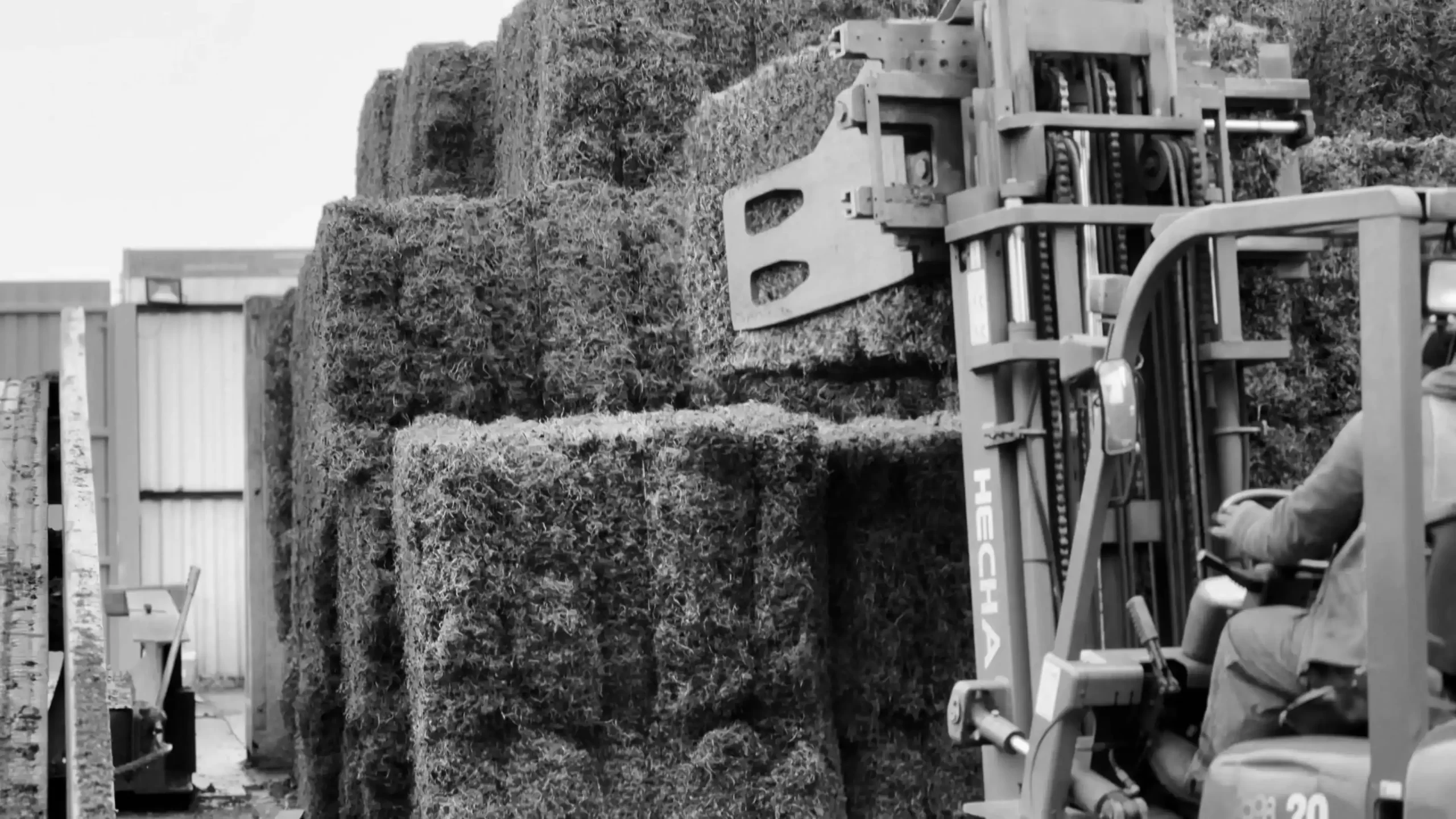When a tyre reaches the end of its life, it’s not just the rubber that can find new purpose through recycling. The steel within tyres undergoes a fascinating journey, transforming from a mere component of a discarded tyre to a valuable resource with diverse applications.
Extraction and Separation: The first step in the recycling process is to extract the steel cords embedded within the tyre. Advanced machinery, such as shredders and magnetic separators, are employed to efficiently separate the steel from the rubber. These machines shred the tyres into smaller pieces, exposing the steel cords, which are then extracted using powerful magnets.
Cleaning and Processing: Once separated, the steel cords undergo cleaning and processing to remove any remaining rubber or contaminants. This ensures that the steel maintains its quality and integrity for subsequent use. Depending on the recycling facility and the desired end products, the steel may undergo further processing, such as cutting or shredding, to achieve the desired size and shape.
Melting and Refining: After cleaning and processing, the steel cords are melted down in furnaces at high temperatures. This process, known as smelting, transforms the steel into molten form, allowing impurities to be removed through refining. Through refining, the steel achieves the desired composition and quality, ready to be molded into new products.
Manufacturing New Products: Once refined, the recycled steel can be used to manufacture a wide range of products across various industries. From automotive parts and construction materials to household appliances and industrial machinery, recycled steel finds applications in diverse sectors. Its strength, durability, and sustainability make it an attractive alternative to virgin steel, contributing to resource conservation and environmental sustainability.
Environmental and Economic Benefits: The recycling of steel from tyres offers significant environmental and economic benefits. By reusing steel instead of extracting it from virgin sources, tyre recycling conserves natural resources, reduces energy consumption, and minimizes greenhouse gas emissions associated with steel production. Additionally, the economic value of recycled steel contributes to the viability and sustainability of tyre recycling operations, fostering job creation, and economic growth.
The journey of steel in tyre recycling exemplifies the transformative potential of circular economy principles. By reclaiming and repurposing steel from discarded tyres, recycling not only mitigates waste but also contributes to environmental conservation and economic prosperity. As we continue to prioritize sustainability and resource efficiency, tyre recycling stands as a shining example of how innovative solutions can unlock value from what was once considered waste, driving us towards a more sustainable future.








